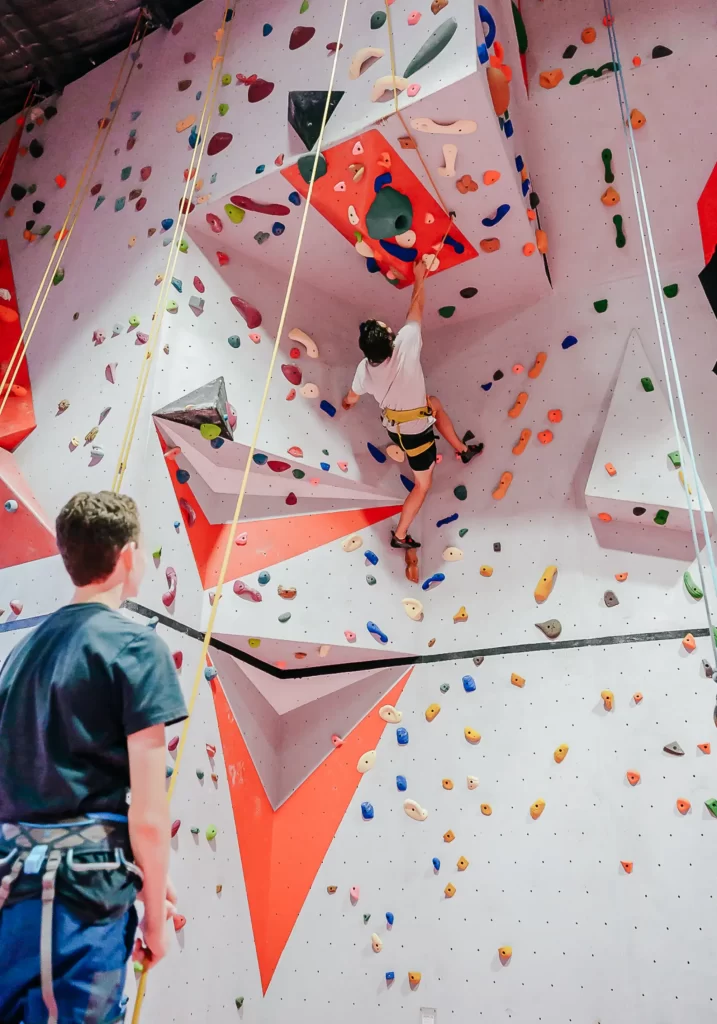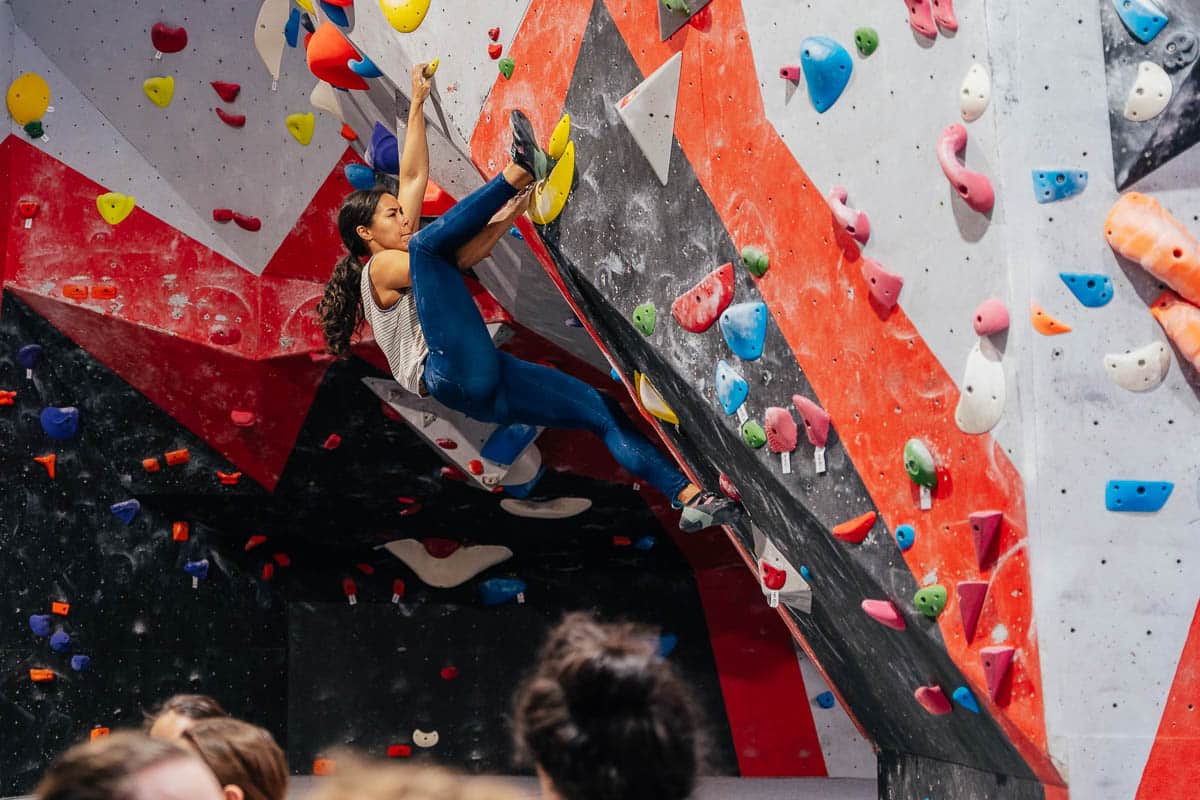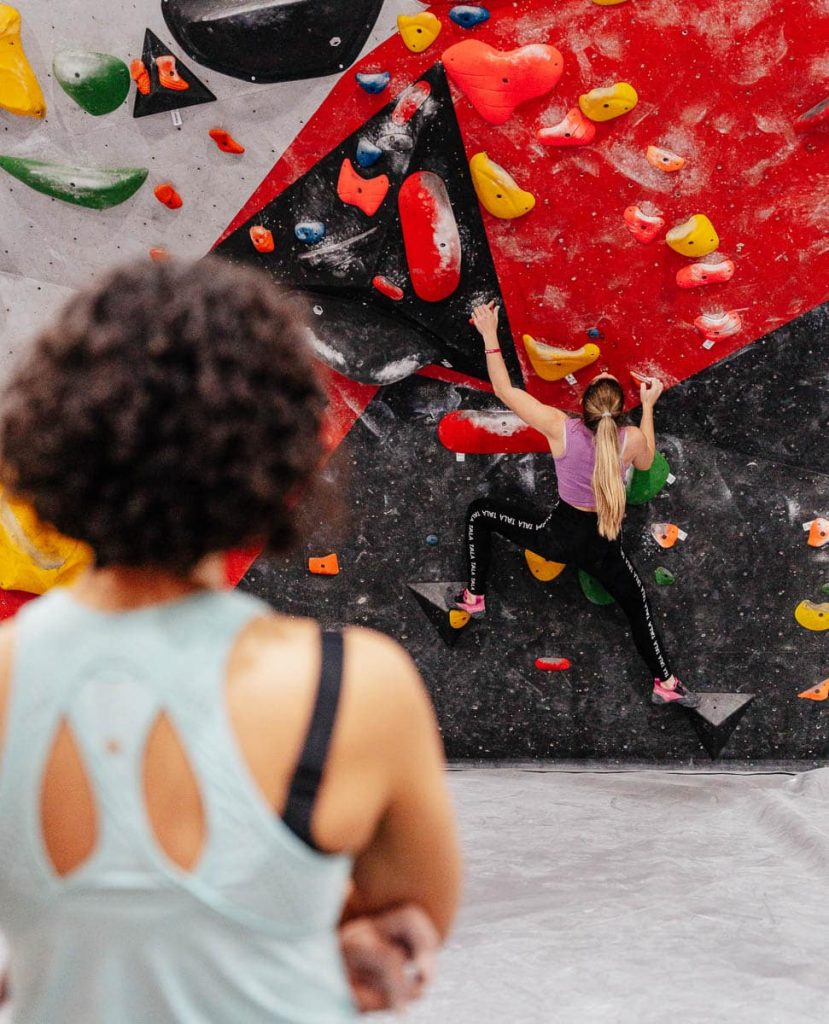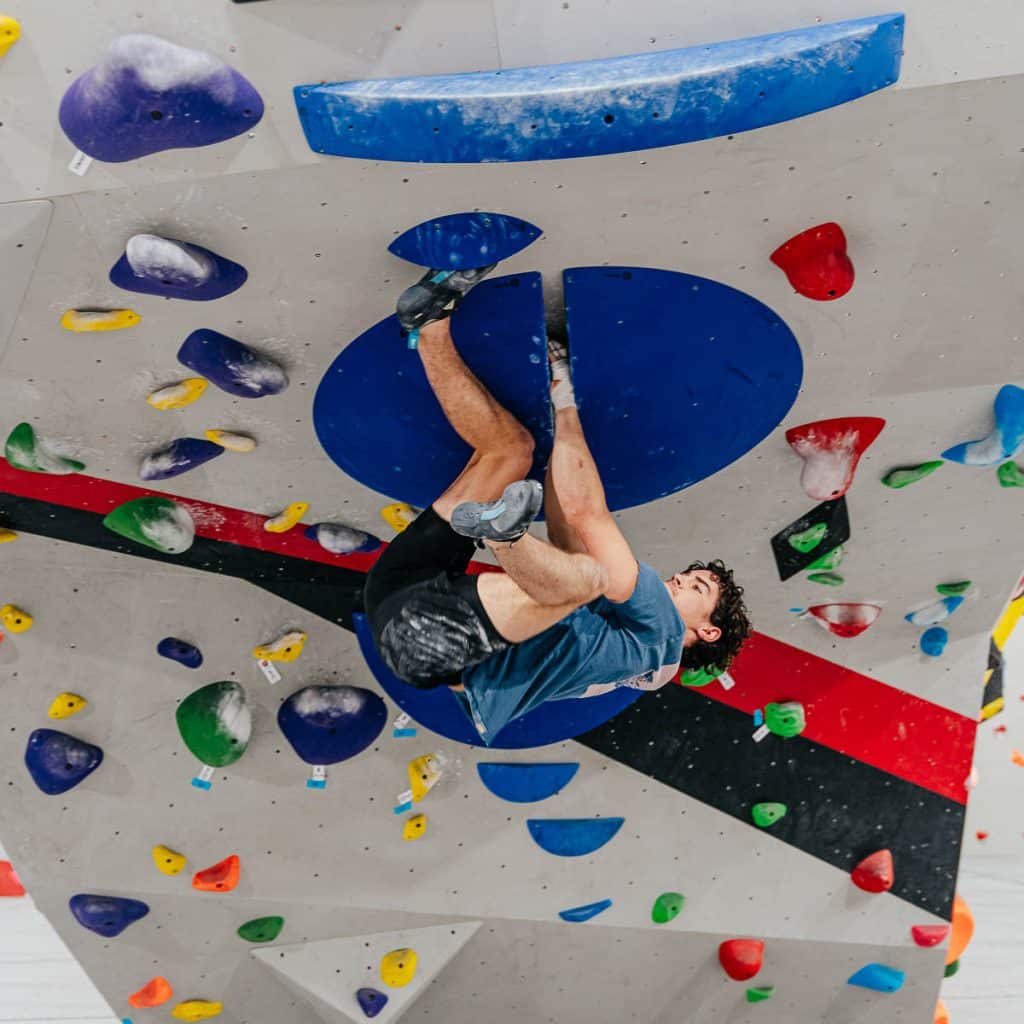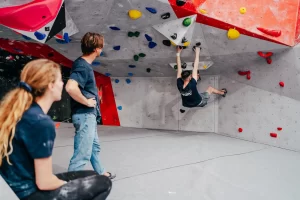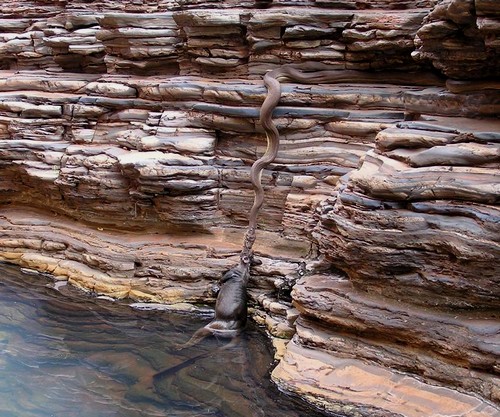
Summertime perils
Summertime perils
It’s a great time to climb around the hunter, the sun is shining, the water is cool, the sea cliffs are a great place to spend an afternoon. With the summer sun though comes a few perils to be aware. As if gravity wasn’t bad enough!
Swell & Tide
Climbing at the sea cliffs in summer bring the added danger of the sea to the climbing environment. Along with checking the weather to see if it’s raining, have a quick look at the swell and tides for that day too. Make sure you will be able to access the crag in the morning AND afternoon, and make sure you’re not going to get swept off one of the rock platforms.
Check out these sites for more info:
- http://www.bom.gov.au/oceanography/tides/MAPS/newcastle.shtml
- http://www.swellnet.com.au/reports/newcastle/daily
Dehyrdation
Overheating, caused by the ongoing exposure to direct sunlight and the draining of water through perspiration, can have serious consequences. A few simple tips will help you avoid an unwanted case of dehydration.
#1 Don’t Wait Until Symptoms Appear – When you know that you will be going climbing, start drinking additional water the day prior. Caffeine in soft drinks, tea, and coffee tends to increase the amount of water that is excreted from your body, stay away.
#2 Take a Water Bottle with You while Climbing – A water bottle is not a luxury that can be left behind. Dehydration affects many rock climbers every year, so a water bottle should be carried along as an essential piece of kit.
#3 Drink Water on a Maintained Schedule – When your body is enduring the physical strain and hot weather conditions, you need to take a few sips of water every ten minutes. A scheduled drinking routine will ward off the unwanted symptoms of dehydration.
#4 Recognize the Signs – If you start to notice that your skin is flushed, your heart rate is pulsing, your breathing is laboured, and you’re feeling dizziness, you could be dehydrated. Immediately, find a place in the shade and take time to replenish your fluids.
#5 Wear Light Weight Clothing – The insulating effects of heavy denim or thick weighted materials could increase the likelihood of dehydration. Choose lightweight materials that allow your body to breathe. Additionally, lightly coloured clothing will be less likely to absorb the sun’s ultraviolet rays.
Dehydration is not an issue to be taken lightly. In its worst form, it can be deadly. Rock climbing is a strenuous and water draining sport that requires special attention to the needs of the body. Careful preparation and sufficient fluid intake can help you have a successful trip to the crag.
If you want to read more (a lot more) on dehydration for climbers, check out this master thesis on it.
Snakes
If you enjoy climbing climbing at local crags, you are going to come across a snake halfway up a climb at least once. The crags out at The Watagans are especially snakey this time of year and with climbs like the aptly named “Reptile Park” it should be expected. Generally they aren’t aggressive, and are usually only the cause bites when aggravated by people. So, leave them alone! Try not to freak when you’re on lead, and calmly keep climbing or down climb, which ever you deem appropriate.
Check out this article for some more good tips to avoid snakes.


